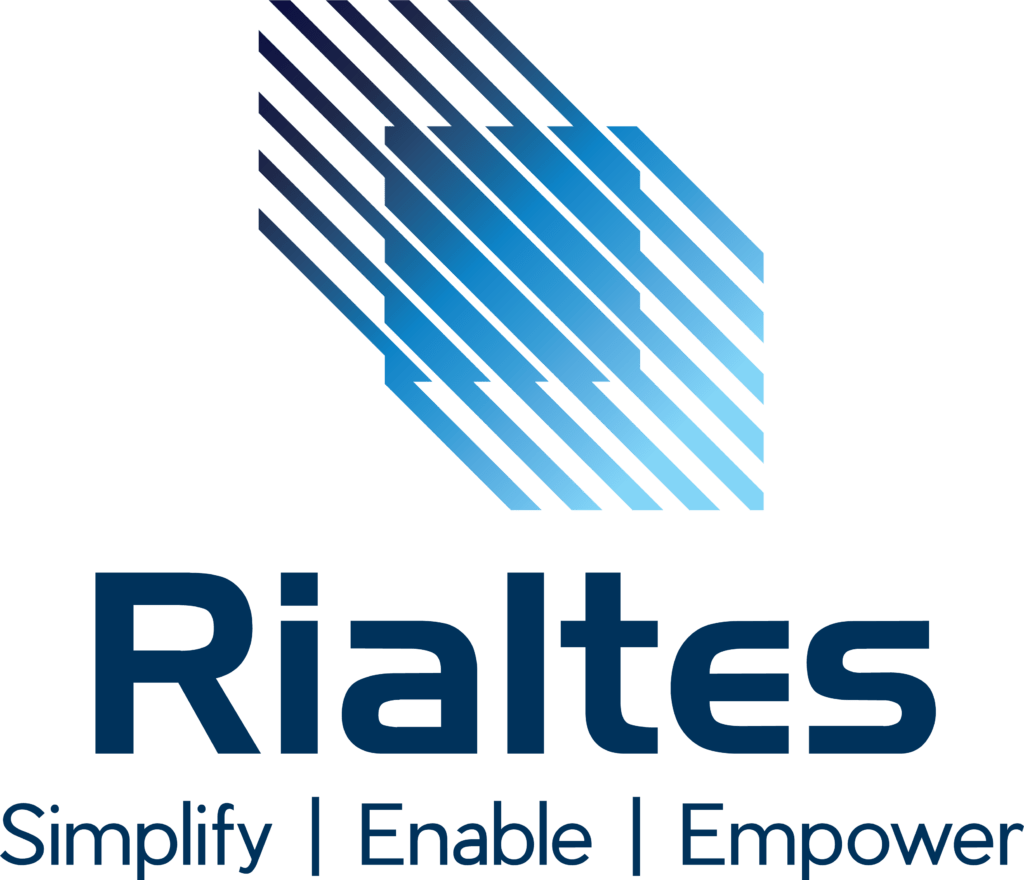About two years ago when the entire world was fighting the pandemic, the industries were struggling with different battles, the battle of low manufacturing, low revenue, and closed production, and the biggest issue that came into the light was the supply chain. The entire world had imposed lockdown and due to that the global supply chain was on its knees, even though the restrictions were lifted, and the bans were removed, industries are still struggling to get their supply chain back on their feet.
The global supply chain has crumbled and making the comeback is not so easy as customer expectations in terms of cost, delivery, and quality have reached a higher level now. And the competition in the market is also skyrocketing making it more difficult for supply chain management organizations to sustain themselves in the market.
To sustain in the market the supply chain vendors must keep one thing in mind which is to keep up with the latest trends, implementation of technology and trends, and make the customer experience a top priority.
Integrated supply chain
A procedure that is streamlined and unbroken from raw material acquisition to production, quality control to packaging, distribution, or supply to ultimate delivery is referred to as an integrated supply chain. It is a comprehensive grouping of several processes, which may be entirely controlled by one company or by several partners working together to exercise collective control over the integrated approach. Most businesses have shifted to this management because of its many advantages.
Implementation of integrated supply chain technology
The supply chain is integrated at several levels. Choosing certain vendors to supply specific inputs and drafting a contract requiring them to give a predetermined number of inputs during the year at a predetermined cost will typically be the first step in the integration process. It would guarantee that the business has the resources necessary to produce the products it anticipates for the year. The enterprises will be integrated to a deeper degree. Vertical integration is an even higher degree to which a corporation owns its whole supply chain.
Challenges of the Supply Chain Industry
Due to the pandemic and the restrictions that came associated with it, the supply chain industry has suffered a lot and at some level is still trying to figure out a way to cope with the challenges. For the industry to move forward one most important things that they are required to do is identify the challenges they are facing in the market and how they can form a strategy to cope with the same.
- Undefined supply flow
To maintain a proper supply flow, a defined medium and process flow is required without which the proper functioning of the supply chain is not possible. To have a defined process flow, the flow of raw material procurement, and the distribution channel is required to be defined.
- Changing laws/regulations
As the entire world has gone through the pandemic, with that the supply chain and logistics regulations have also changed for a lot of countries and key players. These rapidly changing regulations also hamper the proper supply chain flow as complying with the regulations is necessary which becomes difficult when the regulations keep on changing now and then. To ensure strong supply chain management, the regulations need to be fixed and defined.
- Competing with higher demand
The demand is higher than the production due to the halt in production during the pandemic era. The world still hasn’t been able to recover from that demand-supply imbalance. Even at this point, the demand in the market is higher than the production, which makes it difficult to ensure a proper supply chain flow.
- Inventory efficiency and warehouse capability
Due to the pandemic, in the post-pandemic scenario, the manufacturers are trying to increase production to the maximum level to meet the high demand in the market, but the issue with this is that they don’t have enough inventory for it and the warehouses are not capable of holding large that huge production, required to ship the production often which in the end is affecting the supply chain capability as it is not that enhanced to cater to such higher demands.
The horizontal and vertical approach
While implementing integrated supply chain management, two approaches have been described- the horizontal and vertical approaches.
Horizontal approach
Any actions that are related to the same “level” of the chain as the company making them are referred to as horizontal integration. A central processing unit (CPU) manufacturer purchasing another to serve a wider segment of the CPU market is an example of how integration could involve combining with or buying businesses that provide comparable goods. The company might get many new clients and have more control over CPU supply and price thanks to this kind of partnership.
Vertical approach
Any action that involves a variety of the chain’s levels is referred to as vertical integration. It can entail combining with another company, buying out a competitor, or building your capabilities to manage the complete supply chain from front to back. For instance, if the CPU maker from earlier also bought a company that develops smartphones, they would have more control over the primary components and the final product in their supply chain. This kind of acquisition might provide the company with more control over its expenses, earn them a bigger cut of the earnings, and cut down on waste and manufacturing time.
Benefits of integrated supply chain management
Implementing the integrated supply chain management process has its advantages and has scaled the process of supply chain management to a different level. Some of the advantages are listed below:
- It provides a better and clear understanding of customer demands which provides a better understanding of developing a strategy for serving the customers. A defined strategy is beneficial to provide better customer services and increase customer retention, sales, and revenue for the supply chain management.
- Working with a defined approach provides a better and clear picture of the cost, margin, and profit segment, and helps the organization to work in a cost-efficient manner providing better services.
- Further, it helps to ensure the quality of services provided. Increased quality provides better results and providing customer satisfaction.
- With financial advantages, quality advantages, and having a better understanding of the market requirements, this approach helps to perform better in the market.
What’s concluded from the points?
Once implemented, integrated supply chain management gives the organization an extra edge to perform better, in terms of services, cost, and quality. It further helps to have a strategic planning month ahead and make the entire flow of the supply chain detailed to avoid any last-minute chaos. In a few words it can be said that with integrated supply chain management, the entire industry has scaled up and is now performing better.





